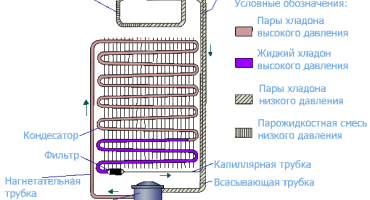From a technological point of view, the design of the refrigerator is a combination of components such as a thermoregulation system, a start relay and a boost compressor.
All nodes may be faulty, while different causes may have the same symptoms. Very often, when a start relay is suspected during repair, the cause is a breakdown in the thermostat. To understand how check standard temperature controller ordinary refrigerator.

Thermostat with spiral sensor
What is a temperature controller and why is it needed
When the device stops functioning properly, the symptoms may be as follows:
- the motor runs continuously, the refrigeration unit does not turn off;
- “snow coat” (ice and hoarfrost deposits) is found on the walls of the chamber, the discharge is too active, the circulation of freon is increased and the refrigerator freezes too much;

Snow coat: a sure sign of malfunction
- it’s warm in the refrigerator, the more things you load inside, the worse the space is cooled.
- after shutdown, the motor does not start immediately (keeps the temperature for a long time and does not restart).
To remedy the situation, you should turn off the device from the network, perform a full defrost. The contents of the chambers should be removed, then turn on the refrigerator and switch the temperature in the controller to full maximum (minimum temperature). A thermometer should be placed inside the refrigerator (do not use liquid ones, electronic ones are best). If the thermostat is functioning, then as soon as the thermometer shows the readings that you set, the refrigerator will turn off. If, after reaching the temperature, the motor continues to run and cool the chambers, then the thermostat is malfunctioning.
In conditions of constant adjustments, the temperature inside the chamber is constantly changing, the rate of these changes depends on the sensitivity level of the thermostat.

Thermostat device
Temperature regulators of all refrigeration systems (including household appliances) are gauge-type devices. They function due to changes in filler pressure. Pressure changes due to temperature differences. Some modern refrigerators contain an electronic temperature regulator - a much more advanced device that allows more accurately recording the temperature change and turning the compressor relay on / off.
Thermostats are mechanisms that contain a lever system and a set of contacts through which the device is included in the general electrical wiring.
The temperature regulator is based on the so-called bellows - an element that is sensitive to temperature changes, which, with the help of a spring, acts on the general electrical circuit. Thus, when the temperature changes, the bellows transmits a signal to the spring, the spring to the lever, the lever to the main mechanism, the mechanism acts on the general electronic system. Of course, also, the regulator has a special gasket that acts as an insulator of the internal components of the thermostat from the external environment (primarily from humidity). Also, the regulator inside is filled with a special liquid (chloromethyl).
The most basic, and where to start work, is to check the thermostat.A sign of a malfunction or an impending breakdown is an excessive freezing of the refrigerator or, conversely, the device has completely stopped heating. This means that the regulator "poorly understands" the temperature, i.e. it may work, but the range in which it detects temperature has changed. You set the refrigerator to 4 degrees, and it turns off at + 15? This means that the thermostat “thinks” that +15 is 4 degrees and therefore a false signal appears on the refrigerator. There are two ways to check:
Method number 1 - directly
Leave the thermostat inside the refrigerator. Finding the two wires that enter it, disconnect them carefully (so that you can then easily return them to their place) and connect them together. Be careful! The wires are high voltage. All operations with wires should only be done with the motor turned off.
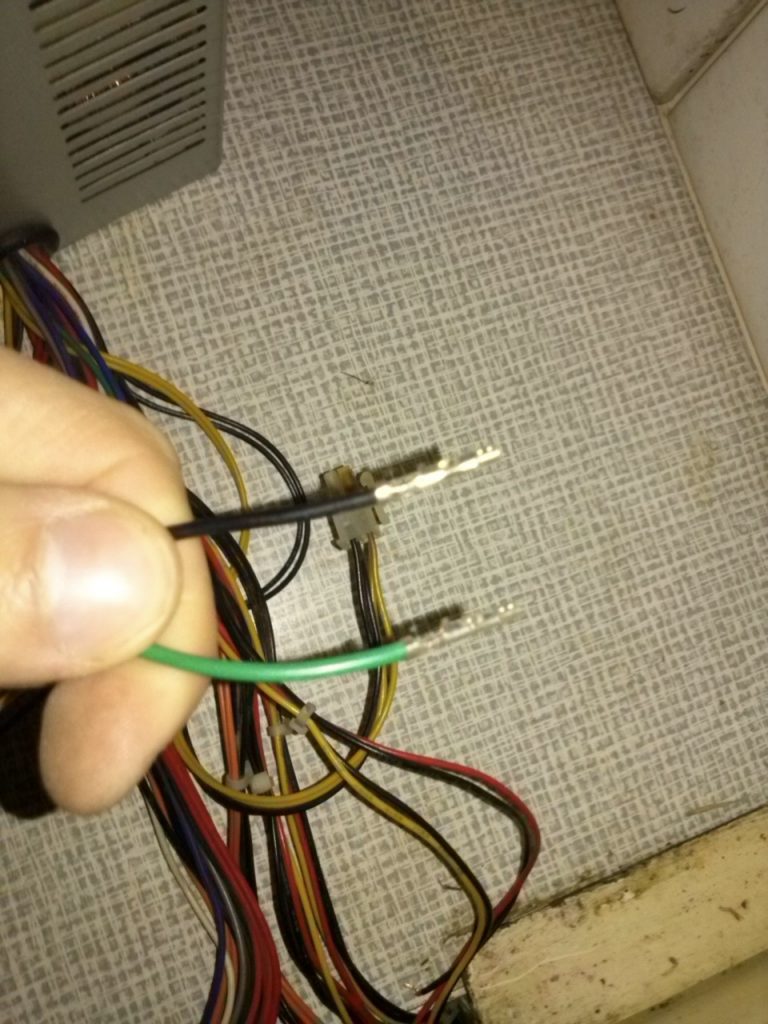
Two wires coming from the regulator
This method is good if the refrigerator does not turn on. He fully checks the temperature controller, since all temperature restrictions cease to be relevant.
Method number 2: checking the bellows
This method allows you to check the regulator, without resorting to its removal and disassembly. However, some basic knowledge of component design is required. Near the small axis on which the adjustment knob is mounted, you should find the plate, you need to move and click it.

Dismantled thermostat
If the plate is fixed “tightly” and does not lend itself to shifting (there are no clicks), then the regulator is out of order.
Method number 3 - tester check
The main way that most masters use it is by checking with a tester (multimeter). To do this, the thermostat should be removed (before replacing, it will need to be removed in any case). The multimeter should be built in the "resistance" mode; setting should be minimal (set to minimum).
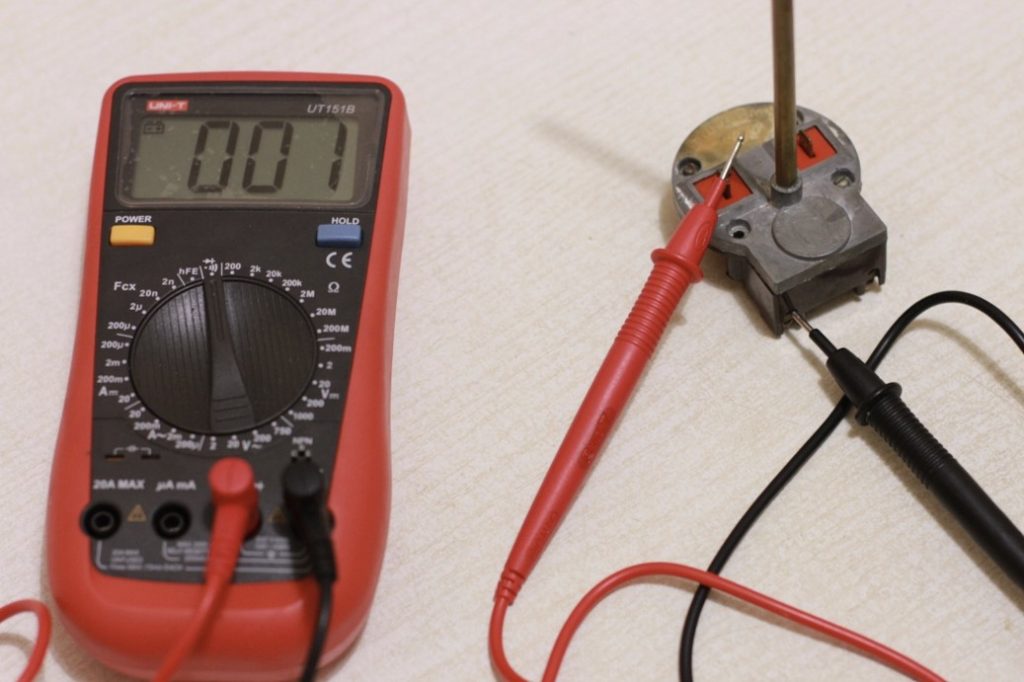
Testing with a multimeter (tester)
There are cases (however, extremely rare) that the thermostat is functioning properly in a dismantled state, but refuses to function inside. This is due to a rare malfunction, which can be associated with the temperature regime - in the cold it stops working, and at room temperature it does not open the circuit. In order to test it, put the part in a glass with very cold water. A few minutes in the water, and he is ready for diagnosis. If the number “1” (breakdown) appears on the screen of the tester (in the mode of ringing the circuit), then the controller is faulty, if “0”, then the part is working.
Safety Rules to be Observed When Checking
The refrigerator is a large household appliance that requires high voltage to operate. There are three main threats that potentially have a place to be if you decide to repair your refrigerator:
- electric shock (high voltage is on the contacts of the relay, thermostat, on the compressor windings);
- electric shock (short circuit inside the wiring of the refrigeration device, as a result of the exposed parts of the wiring getting into the metal case);
- frostbite due to refrigerant contact with the skin.
Anyone who decides to repair the thermostat (or any other component of the refrigerator) should take serious precautions. Do not carry out work while the refrigerator is plugged in: be sure to turn off the power to the device.
As a result (or in the process) of repair work, wiring contacts are formed that should be connected to each other. All connections must be properly insulated. It is necessary to continuously check the presence of voltage on all surfaces that can conduct current - the case, the internal elements of the refrigerator compartment, etc.).
All tools (screwdrivers, pliers, multimeter terminals) must have insulated handles.
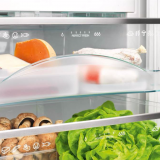 Pros and Cons of Nou Frost Refrigerators
Pros and Cons of Nou Frost Refrigerators  Refrigerator next to the stove and oven - can I?
Refrigerator next to the stove and oven - can I?  Is it possible to hang fridge magnets
Is it possible to hang fridge magnets  How to choose a good two-chamber refrigerator and features of its device
How to choose a good two-chamber refrigerator and features of its device 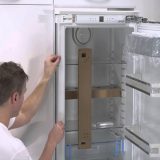 The water in the refrigerator does not go away and why the water does not freeze in the freezer - what to do
The water in the refrigerator does not go away and why the water does not freeze in the freezer - what to do 

